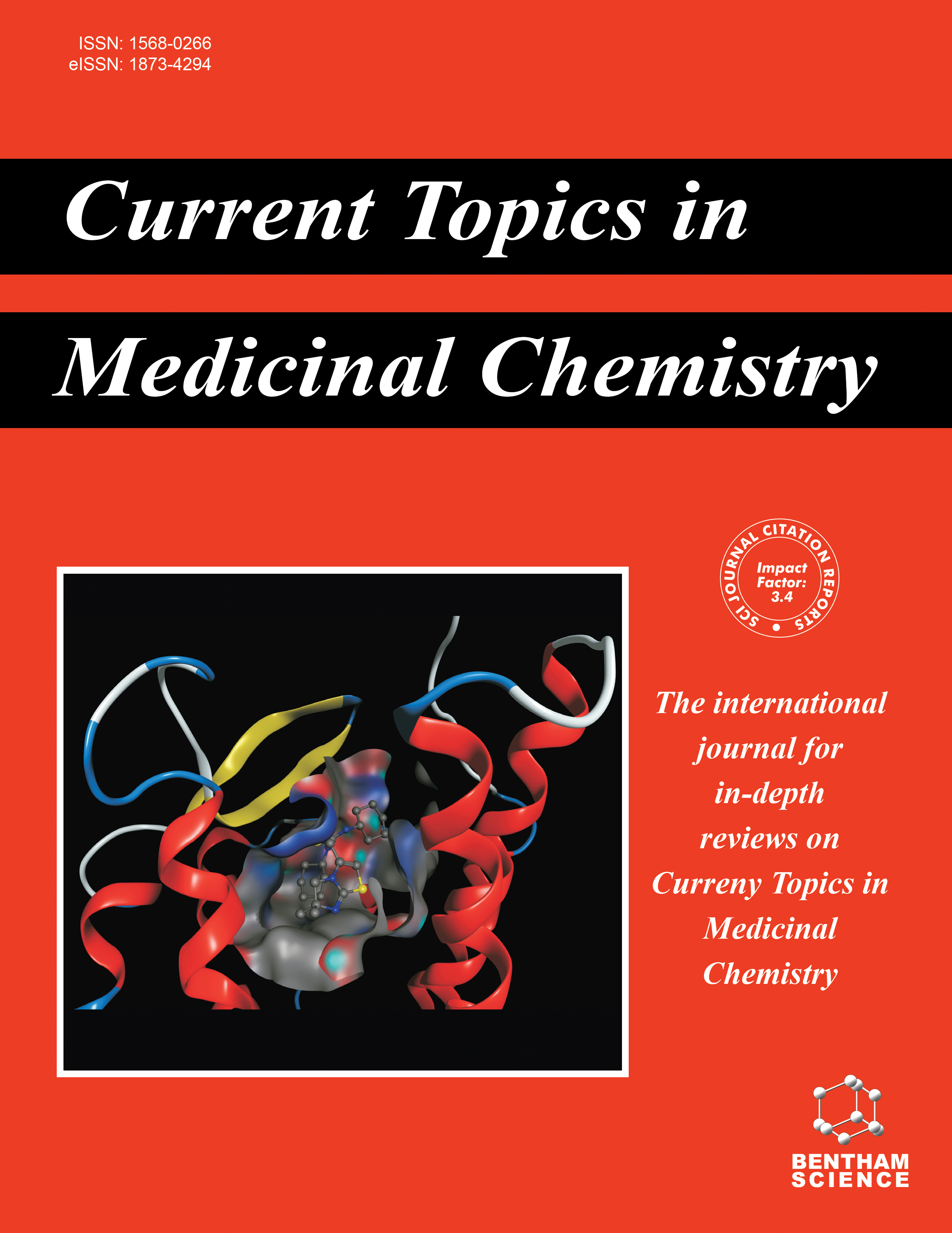-
s Mechanism of Action and Implication of Naphthoquinone as Potent Anti-trypanosomal Drugs
- Source: Current Topics in Medicinal Chemistry, Volume 22, Issue 25, Oct 2022, p. 2087 - 2105
-
- 01 Oct 2022
Abstract
Naphthoquinone is a heterocyclic moiety whose natural derivatives are present as bioactive compounds in many plants and have stimulated a resurgence of interest in the past decades due to their wide range of pharmacological activities. Naphthoquinone agents have dynamic pharmacophores and privileged sub-structures in the chemistry of medicine. They have received much interest in drug discovery as trypanocidal because naphthoquinone and their derivatives revealed massive significance potential against the trypanosomes. Among natural naphthoquinones, lapachol, β-lapachone and its α-isomer exhibited useful trypanocidal activities. Some naphthoquinones have already been used commercially as an antiparasitic agent. Several naphthoquinones with diverse structural motifs have been synthesized and evaluated mainly against Trypanosoma cruzi and some studies have also been reported against Trypanosoma brucei and Trypanosoma evansi. This review summarized various mechanisms of action of naphthoquinone like reductive activation of quinone by the production of the semiquinone, generation of reactive oxygen species and free radicals such as superoxide anion radical and H2O2, and oxidative stress in the parasite. The information assembled in this review will help to understand the mechanism behind the activity and may also be useful to find the bio-efficacy of naphthoquinone compounds upon substitution against trypanosomatids.


